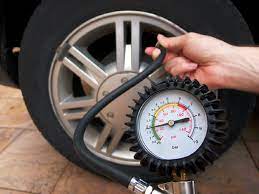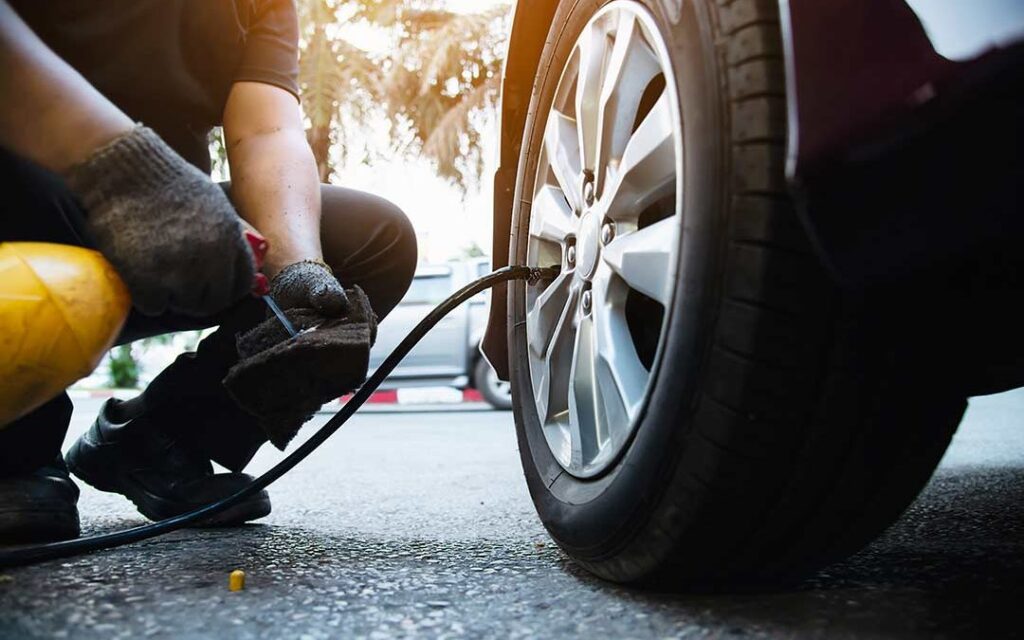Which is Good Air or Nitrogen for Car Tyres?
Have you ever wondered which is better for your car tyres – air or nitrogen? You’re not alone. Many people have this question but don’t know where to turn for the answer. In this blog post, we’ll explore the pros and cons of each option, so you can make an informed decision about what’s best for your car. Keep reading to learn more!
Why do tyres need air?
Tyres are inflated with air because the air compresses and expands as the tyre rolls, providing a cushion of sorts that helps absorb road shock and makes for a smoother ride. The air also helps keep the tyre cool by dissipating heat.
What happens if tyres don’t have enough air?
If tyres don’t have enough air, they can overheat and blow out. This can be extremely dangerous, especially at high speeds. It is therefore important to check tyre pressure regularly and top up if necessary.

How often should you check your tyre’s air levels?
You should check your tyre’s air levels at least once a month. If you notice that your tyres are losing air more quickly than usual, or if they seem to be visibly low on air, you should check them more frequently.
Under-inflated tyres can cause a number of problems, including decreased fuel efficiency, increased wear and tear, and reduced handling and braking ability. Inflating your tyres to the correct pressure can help to avoid these problems and keep you safer on the road.
What is nitrogen and how is it different from regular air?
As we all know, air is a mixture of different gases. The main gas in air is nitrogen. Nitrogen makes up about 78% of the air we breathe. Oxygen is the second most common gas in air, making up about 21% of the air we breathe. The other 1% of air is made up of other gases like carbon dioxide and argon.

Nitrogen is an inert gas. This means that it doesn’t react chemically with other elements. Nitrogen is also much less likely to leak out of tyres than oxygen. For these reasons, many people choose to fill their car tyres with nitrogen instead of regular air.
Advantages and disadvantages of nitrogen-filled tyres
There are a few advantages and disadvantages to consider when it comes to using nitrogen-filled tyres for your car. On the plus side, nitrogen is an inert gas so it doesn’t interact with the tyre or rim in any way that could cause corrosion. It also doesn’t permeate through the tyre as easily as oxygen, so it can help to keep your tyres inflated for longer. On the downside, nitrogen is more expensive than regular air, and you’ll need to visit a specialist to have your tyres filled with it.
How to fill your tyres with nitrogen
If you’re looking to get the most out of your tyres, filling them with nitrogen is a great option. Nitrogen is an inert gas that is less likely to leak out of tyres than air, meaning that your tyres will stay inflated for longer. Here’s how to fill your tyres with nitrogen:
- Find a nitrogen filling station. These are usually found at petrol stations or tyre retailers.
- Remove the valve cap from your tyre and attach the hose from the nitrogen filling station.
- Turn on the nitrogen and let it flow into your tyre until it is full.
- Replace the valve cap and you’re done!
Conclusion
There is no definitive answer as to which gas is best for car tyres – nitrogen or air. It really depends on your individual needs and preferences. If you are looking for better fuel economy, then nitrogen might be the way to go. If you want your tyres to last longer, then air might be a better option. Ultimately, it is up to you to decide which gas is best for your car tyres.

